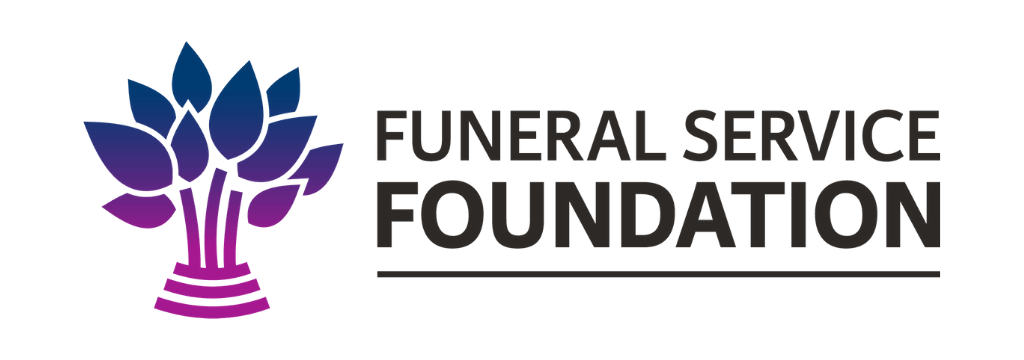The Role of the Funeral Director as Mediators for the Dead, Bereaved and Clergy
The role of the funeral director has changed over the last one hundred and fifty years. Society has changed over the same period of time. The first to work in the funeral industry were carpenters who built caskets. Only during the Civil War did embalming become a means of transporting the bodies of dead soldiers long distances so they could be buried at home. As embalming became more accepted, those trained in the art went to the family home and performed the technique in the bathtub before laying out the deceased to be waked at home.
Times changed, parlors became too small and families moved great distances from one another. People moved from farms to towns and then on to cities. Each step of the way moved them a little farther from death having a part of their lives. Death moved from the home to the hospital, where the sights, sounds and smells could be hidden or at least disguised from sensitive family members and friends. Over time, funeral homes opened to accommodate families whose parlor was not large enough to be used for a wake. Wakes at the ?funeral home? have continued although they have changed in format. Today, we often call the wake a visitation. Times have changed and the funeral professional has changed along with, though often a few steps behind what their bereaved clients have demanded or felt was fashionable. (For more information on the history of the funeral industry I suggest reading Habenstein, R. W. and W.M. Lamers. 1977. The History of American Funeral Directing. Milwaukee: Bulfin Press. or Laderman, Gary. 1999. Sacred Remains: American Attitudes Towards Death 1799 ? 1883 New Haven: Yale University Press; 2003. Rest in Peace: A Cultural History of Death and the Funeral Home in 20th Century America. Oxford: Oxford University Press.)
We need to be clear about the role of the funeral director in contrast to the role of the clergy and the family. Each one is a specialist in their own area. This is not peculiar to North America but is true of bereaved around the world, including places that we might consider to be quite primitive. Robert Hertz identifies three key players, the body, the soul and the bereaved (Hertz 1960 translated). Each one of these is dealt with by a ritual specialist. In North American terms, the body is dealt with by the funeral professional, the soul by the clergy and the bereaved by a combination of the funeral professional, clergy and other professionals. The role of the funeral director and that of the clergy are complimentary roles. One deals with organization and the other deals with spiritual matters. In no culture does the bereaved assume the role of the specialist dealing with the body or the soul; For the bereaved exist in a time outside of regular time, in liminal space. For example, in Jewish law, the mourners do nothing but mourn, they are not responsible for any normal daily activities or business. Even within the recent past, mourners in North America did not look after the care of the dead, the soul or themselves. Members of the community provided the food for the family, the midwife came and washed and dressed the body and the clergy was responsible for the care of the bereaved and the soul of the deceased. It remains that way today despite the social and cultural changes which have occurred in the last 150 years. (For more information please see Ari



